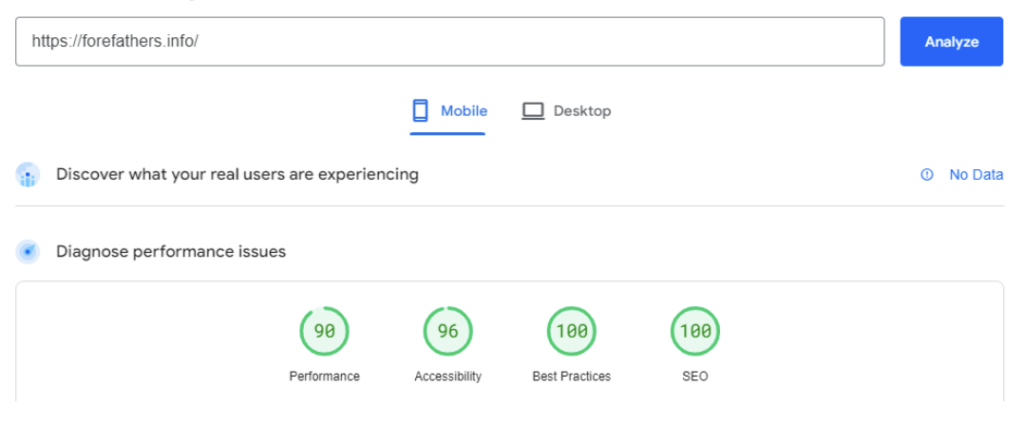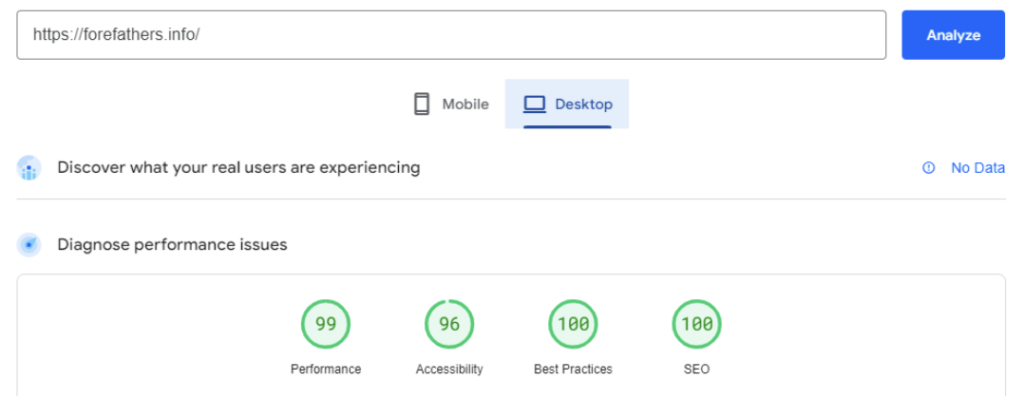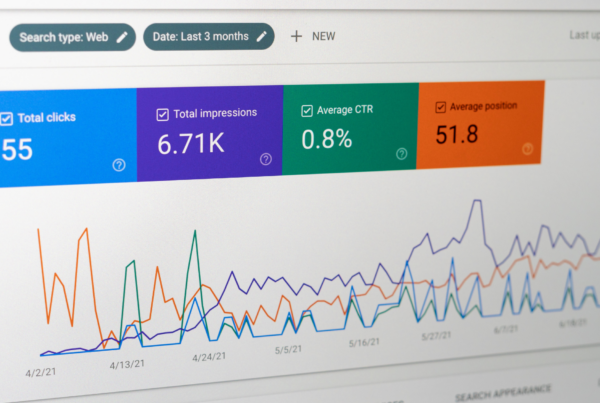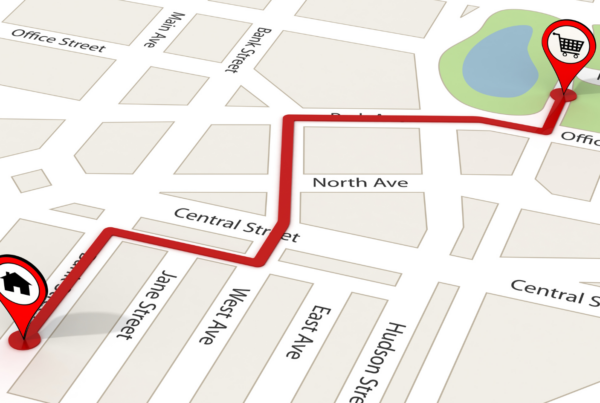The speed at which a website loads is a critical factor in determining its success. With users expecting instant access to information and seamless online experiences, a slow website can significantly hinder business growth and customer satisfaction.
This article delves into the crucial role of site speed online, emphasising its impact on user experience, search engine optimisation (SEO), and conversion rates. We will also present a case study on the exemplary performance of Forefathers.info, showcasing the tangible benefits of prioritising site speed.
Article Contents
The Impact of Site Speed
-
User Experience:
- First Impressions Matter: Users form opinions about a website within milliseconds. A fast-loading site creates a positive first impression, encouraging users to stay and explore. Conversely, a slow site can lead to frustration and prompt users to leave immediately.
- Reduced Bounce Rates: When a website takes too long to load, users are likely to abandon it before it fully appears. High-speed websites retain users, reducing bounce rates and increasing the likelihood of further engagement and conversions.
-
SEO Benefits:
- Search Engine Ranking: Search engines like Google prioritise fast-loading websites in their search results. Site speed is a key factor in the algorithms that determine page rankings. Faster sites are more likely to appear at the top of search results, driving more organic traffic.
- Crawl Efficiency: Faster sites enable search engine bots to crawl and index pages more efficiently, enhancing overall visibility. Efficient crawling ensures that more of the site’s content is indexed in a shorter amount of time.
-
Conversion Rates:
- Higher Conversions: Numerous studies have shown a direct correlation between site speed and conversion rates. Even a one-second delay in load time can result in a significant drop in conversions. Fast-loading sites provide a smoother user experience, leading to higher sales and sign-up rates.
- Customer Satisfaction: Speedy websites contribute to overall customer satisfaction, fostering loyalty and encouraging repeat visits. Satisfied customers are more likely to recommend the site to others, generating positive word-of-mouth marketing.
-
Mobile Experience:
- Growing Mobile Usage: With the increasing number of users accessing the internet via mobile devices, mobile site speed has become even more critical. Mobile users expect fast and responsive sites, and delays can lead to higher bounce rates and lost opportunities.
- Mobile-First Indexing: Google has adopted mobile-first indexing, meaning the mobile version of a site is considered the primary version for indexing and ranking. Ensuring fast mobile site speed is essential for maintaining and improving search rankings.
Achieving Optimal Site Speed
To achieve and maintain high site speed, businesses should implement the following best practices:
- Optimise Images: Use appropriate image formats and compress images to reduce load times without compromising quality.
- Minimise HTTP Requests: Reduce the number of elements on a page, such as scripts and images, to lower the number of requests made to the server.
- Leverage Browser Caching: Enable caching to store some data locally in users’ browsers, decreasing load times for returning visitors.
- Use a Content Delivery Network (CDN): CDNs distribute content across multiple servers worldwide, ensuring faster delivery based on the user’s geographic location.
- Optimise Code: Minify CSS, JavaScript, and HTML files to reduce file size and improve load times.
- Prioritise Above-the-Fold Content: Ensure that content visible above the fold loads first, providing a faster perceived load time for users.
Case Study: Forefathers.info
Forefathers.info serves as a prime example of the benefits of prioritising site speed. The site was designed, developed, and built with speed as a primary focus, resulting in impressive performance metrics:
- Mobile Test: Forefathers.info excels in mobile performance, ensuring a seamless experience for users accessing the site on their smartphones. The site’s mobile optimisation strategies result in fast load times, reducing bounce rates and enhancing user satisfaction.
- Desktop Test: On desktop platforms, Forefathers.info continues to demonstrate outstanding speed, maintaining high visual quality and quick load times. The desktop performance metrics indicate that the site provides a consistent and responsive user experience across different devices.

 By implementing best practices and continually optimising performance, Forefathers.info demonstrates how a focus on speed can lead to a successful and satisfying user experience.
By implementing best practices and continually optimising performance, Forefathers.info demonstrates how a focus on speed can lead to a successful and satisfying user experience.
Conclusion
In conclusion, site speed is a vital component of a successful online business. It affects user experience, SEO rankings, conversion rates, and overall customer satisfaction. The case study of Forefathers.info illustrates the tangible benefits of prioritising site speed in web design and development.
By adopting best practices and continuously optimising for speed, businesses can ensure their websites not only meet but exceed user expectations, driving growth and enhancing customer loyalty.
Prioritising site speed is not just a technical necessity but a strategic advantage in today’s competitive online market.




